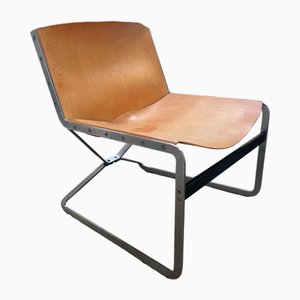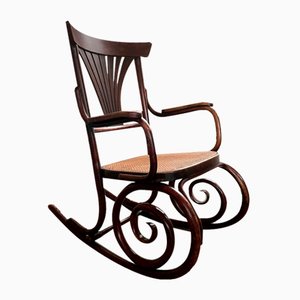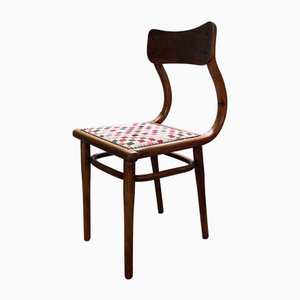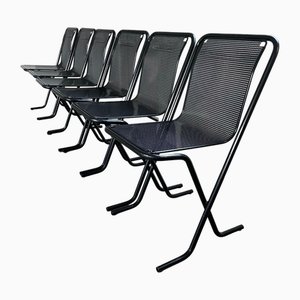Want to Know More About W.H. Gispen?
W.H. Gispen was a Dutch industrial designer best known for his Giso lamps and functionalist steel-tube furniture. Born in 1890 in Amsterdam, he studied design at the Academy of Visual Arts and Technical Science in Rotterdam as part of the architectural department. In 1915, after only two years, Gispen left school early, partly due to the outbreak of World War One. In 1916 he set up a small smithy, which would eventually develop into the famous Gispen
Factory for Metalwork. In 1949, Gispen left the company because of tensions between him and the co-director of the firm W. van Osselen. He began to lecture at the Royal Academy at The Hague, co-founded the Kembo factory and, at the age of seventy-five, began to take etching lessons.
The Many Styles of W.H. Gispen
Gispen’s pieces took inspiration from numerous sources, drawing on De Stijl, Bauhaus, and Constructivism, to name a few. In the early years, Gispen’s designs were reminiscent of the expressionism of the Amsterdamse School and of Art Nouveau. Alongside ornamental wrought-iron work, he began producing items like firesides,Table Lamps
, wooden furniture, and Clocks
. From 1923 onwards, Gispen was introduced to, and subsequently inspired by, the Bauhaus movement in The Netherlands. At the international exhibition of Decorative and Industrial Arts in Paris, he received an award for his ornamental iron-work and became aware of Le Corbusier, Constructivism and other French modernists. These influences inspired him to create the Giso lamp and the armchair no. 412. Made with “Scientific Lighting” aesthetic and demands in mind, these lamps are still celebrated today.
W.H. Gispen and His Legacy
In 1916 Gispen purchased his own kiln at the Coolschestraat in Rotterdam, where he started his own workshop in September of that year. It was here where he produced some of his most memorable pieces. His success was in part due to the fact that he was responsible for his own marketing and advertising, as well as opening showrooms in Amsterdam, Rotterdam, Brussels and later in London, Paris, and other cities abroad. During the Second World War, metalwork was prohibited outside the war industry, so the factory began to produce parts for aircrafts. In 1920 W.H. Gispen co-founded the architects' circle Opbouw, which created the foundations for Dutch Functionalism. The Stedelijk Museum in Amsterdam organised the first exposition ever dedicated to Gispen in 1981, which focused on his lamp designs from 1916 to 1949. That same year, Gispen died on May 10.




















Get in Touch
Make An Offer
We noticed you are new to Pamono!
Please accept the Terms & Conditions and Privacy Policy
Get in Touch
Make An Offer
Almost There!
To follow your conversation on the platform, please complete the registration. To proceed with your offer on the platform, please complete the registration.Successful
Thanks for your inquiry, someone from our team will be in touch shortly
If you are a Design Professional, please apply here to get the benefits of the Pamono Trade Program